Tactical
success, but Strategic Fail, December 8, 1941
Tactical
success, but Strategic Fail, December 8, 1941
USS Saratoga (CV-3) and Lexington (CV-2) seen from aboard Ranger
(CV-4) off Honolulu during Fleet Problem XIX in the spring of 1938.
米空母1938年春の写真——艦載機が複葉機だ。戦艦大和の起工は1937年11月4日、進水は3年後だが進水後の艤装にさらに1年4か月か かっている.日本海軍とて、軍人の交流もかつてあり、またスパイもいただろうが、海軍上層部の空母を使った真珠湾攻撃でよろこんでいるうちはやはりバカ. 奇襲=不意打ちであることは、敵の戦意を高める。真珠湾攻撃は世界の戦史における戦術的成功であり戦略的失敗という認識を新たにすべきだろう。
左:USS Saratoga (CV-3)/起工、1920年9月25日:進水:1925年4月7日、就役:927年11月16日:最期:原爆実験で1946年7月25日沈没、除籍: 1946年8月15日
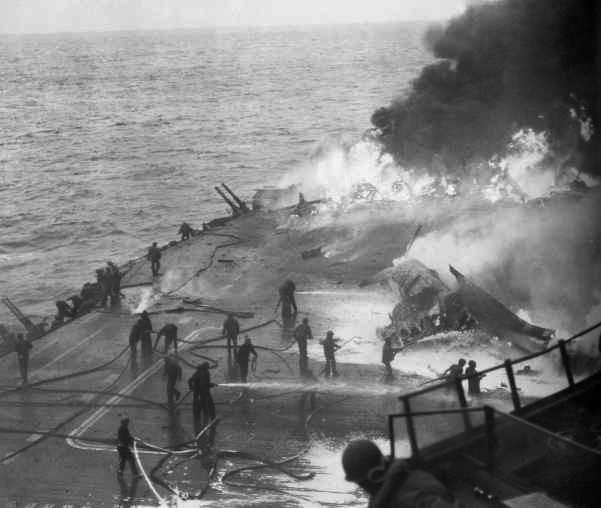

USS Saratoga Kamikaze hit 21 February 1945/ Crossroads Baker nuclear weapons test, 26 July 1946: view taken from Eneu island ten seconds after the weapon was fired. The aircraft carrier USS Saratoga (CV-3) is visible in the left foreground, being lifted out of the water. She sank later that day.
Lexington (CV-2)/起工:1921年1月8日(巡洋艦として発注され1922年に航空母艦に変更)、進水: 1925年10月3日、就役:1927年12月14日、最期:1942年5月24日、珊瑚海海戦にて戦没
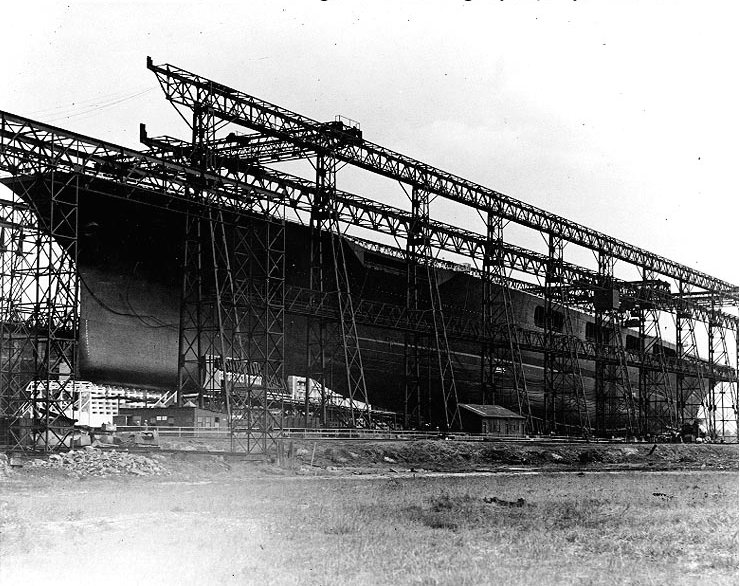
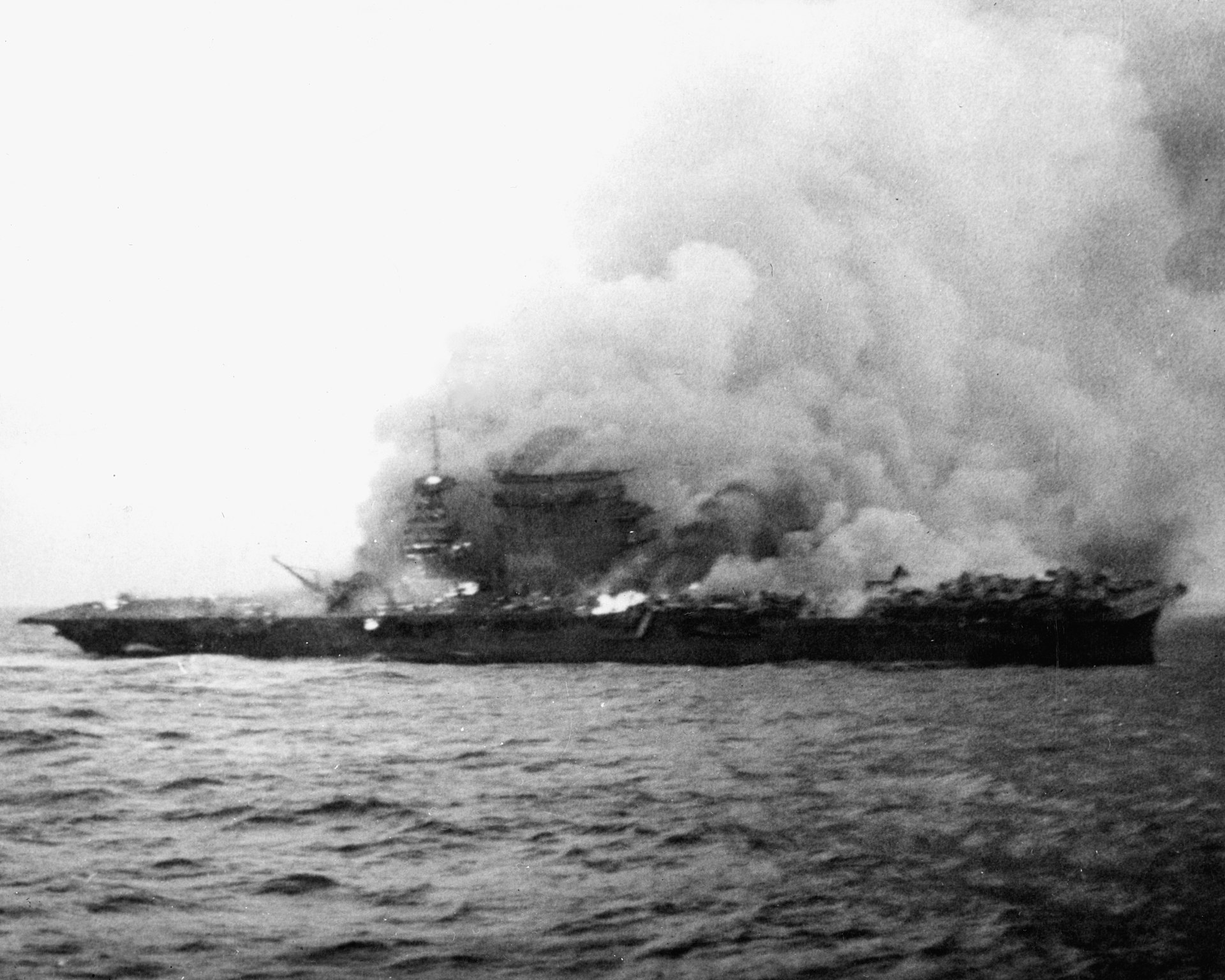
フォアリバー造船所で建造中のレキシントン(1925年10月初旬撮影)/1942年5月8日17時30分以降、総員退艦後の撮影とされるレキ
シントン(The U.S. Navy aircraft carrier USS Lexington (CV-2), burning and
sinking after her crew abandoned ship during the Battle of the Coral
Sea, 8 May 1942. Note the planes parked aft, where the fires have not
yet reached.)
◎戦術的成功かつ戦略的失敗, Tactical success, but Strategic Fail

1926年3月10日竣工し、本籍を横須賀鎮守府に定められる。8月1日、伊1は姉妹艦の伊2と共に第二艦隊第7潜水隊を編成する。

1943年1月29日、伊1は浸水で右舷側に大きく傾斜して放棄され、その後沈没した。艦長の坂本榮一少佐以下乗員27名が戦死し、66名が生
存した。その後機密書類の一部が回収され、海岸で焼却された。しかし、艦内の暗号書等の機密書類のほとんどは処分が不徹底のままだった。生存者は艦内の機
密文書の捜索のために乗員2名を残してガダルカナル島に上陸し、後に帰還した。30日、モアは機密文書を捜索中の生存者2名を発見し、1名を機銃で射殺し
て1名を捕虜にした。生存者からの、機密文書の処分が徹底されていないとの報告を受け日本軍は伊1の処分を行った。2月2日夜、乗員5名と陸軍第1船舶団
11名が大発で現場海域に向かい、爆雷2発を使用して艦体を爆破するも失敗。10日、第26航空戦隊第582海軍航空隊の99式艦爆9機が直援の零戦20
機とともに爆撃を行うも、1発を命中させたのみにとどまった。11日、米魚雷艇のPT-65が伊1の艦体の調査を行った。
◎戦術的成功かつ戦略的成功, Both Tactical success and Strategic success

The Bayraktar TB2 (from turk. "Flag Bearer") is a medium-altitude long-endurance (MALE) unmanned combat aerial vehicle (UCAV) capable of remotely controlled or autonomous flight operations. It is manufactured by the Turkish company Baykar Defence, primarily for the Turkish Armed Forces.[3] The aircraft are monitored and controlled by an aircrew in a ground control station, including weapons employment. The development of the UAV has been largely credited to Selçuk Bayraktar, a former MIT graduate student.[4] While the Turkish Armed Forces describes Bayraktar TB2 as "Tactical UAV Class" to prevent it from being a competitor to the TAI Anka UAV, international standards would classify it as a medium-altitude long-endurance UAV.[5][6]
Baykar is a private
Turkish defence company specialising in UAVs, C4I and artificial
intelligence. Selçuk
Bayraktar
(born 7 October 1979) is a Turkish engineer and businessman. He is the
chief technology officer of Turkish technology company Baykar and the
architect of Turkey’s first indigenous and operational unmanned aerial
vehicle (UAV) systems. He is also the founding chairman of the Turkish
Technology Team Foundation.[2]
◎戦術的成功かつ戦略的成功, Both Tactical success and Strategic success
With Kuroki in Manchuria / by Frederick Palmer ; illustrated from photographs by James H. Hare, New York : C. Scribner's Sons , 1904
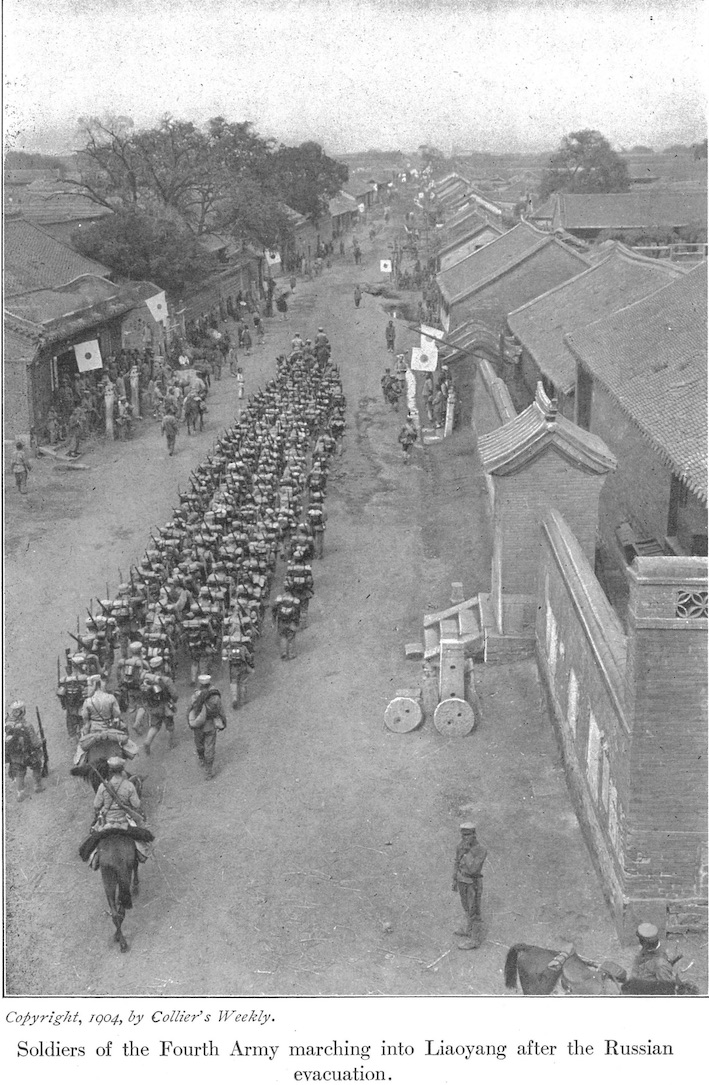 |
1 |
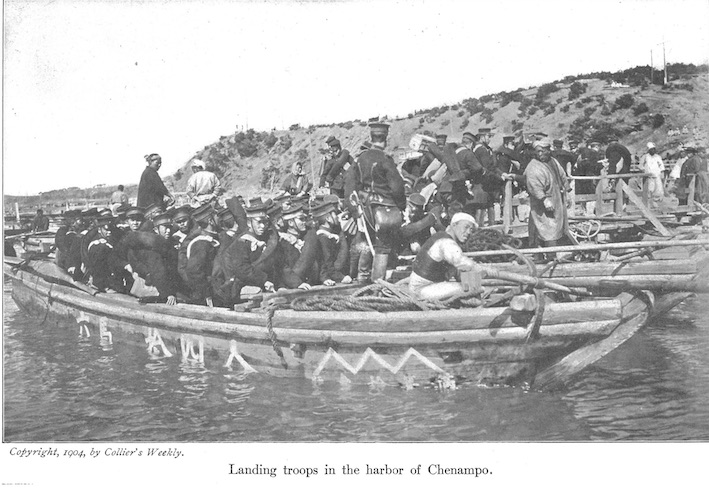 |
2 |
 |
3 |
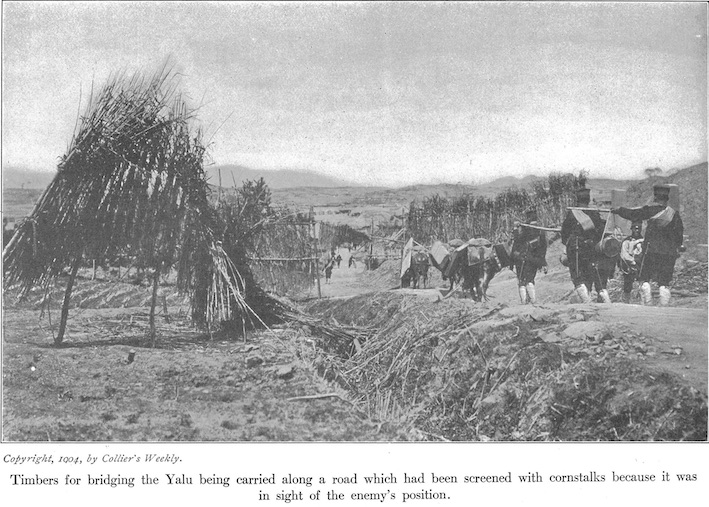 |
4 |
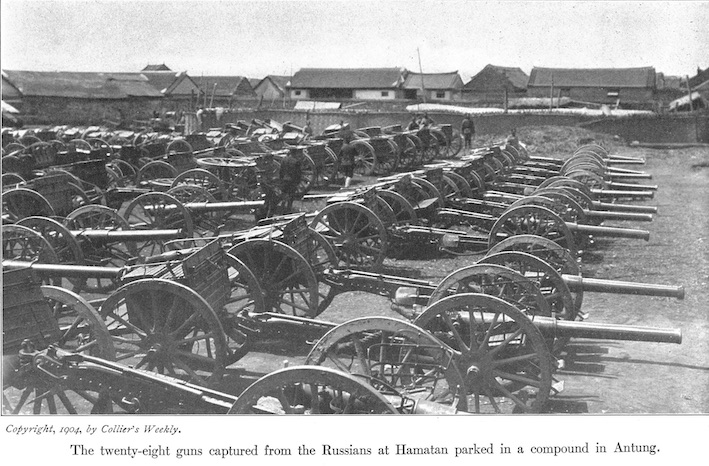 |
5 |
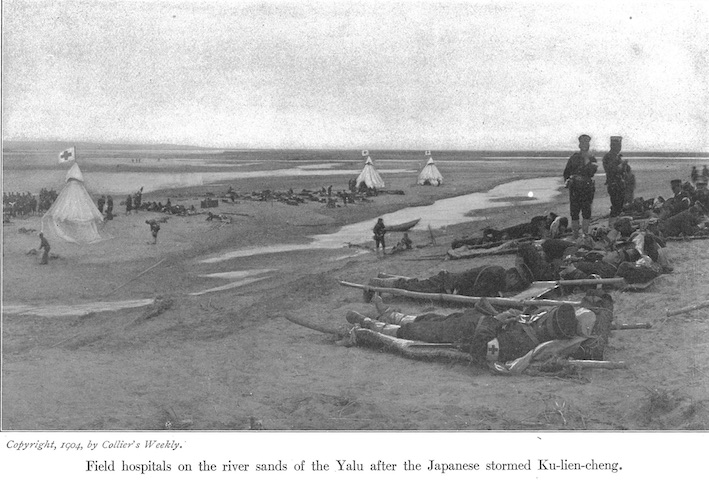 |
6 |
 |
7 |
 |
8 |
 |
9 |
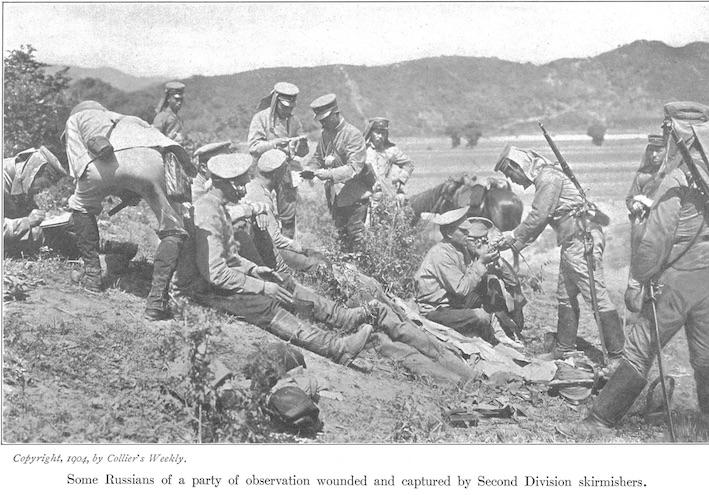 |
10 |
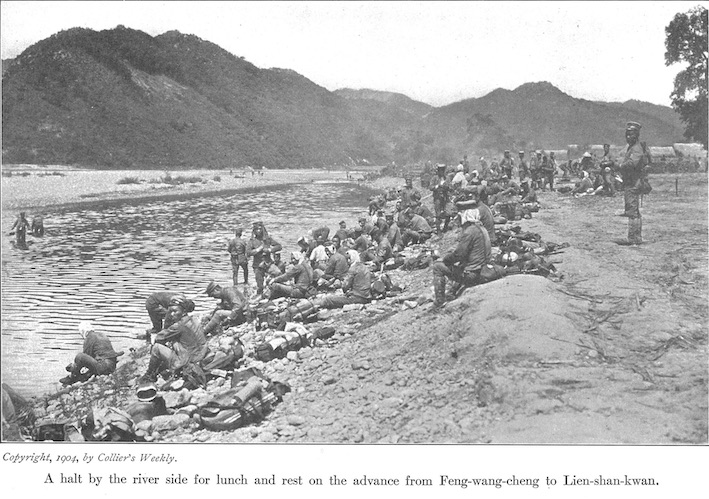 |
11 |
 |
12 |
 |
13 |
 |
14 |
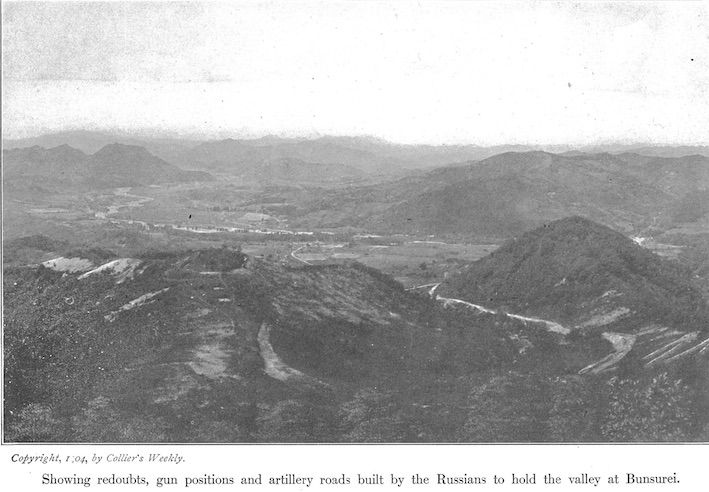 |
15 |
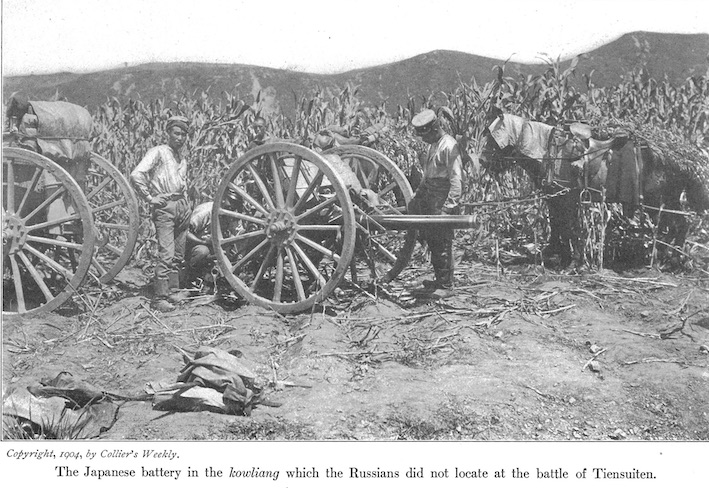 |
16 |
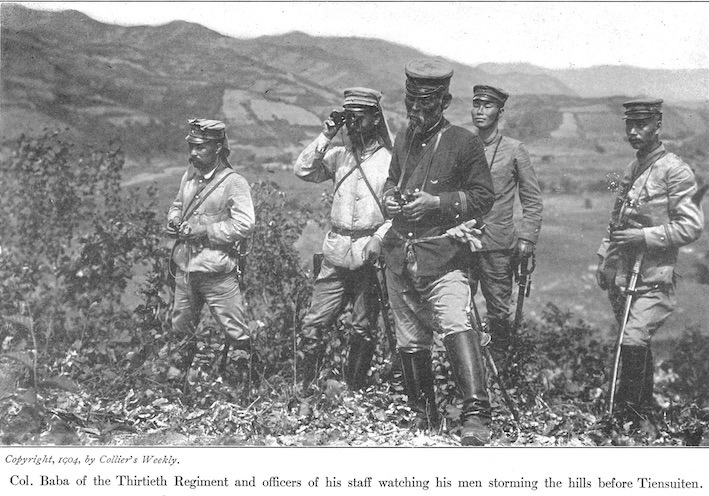 |
17 |
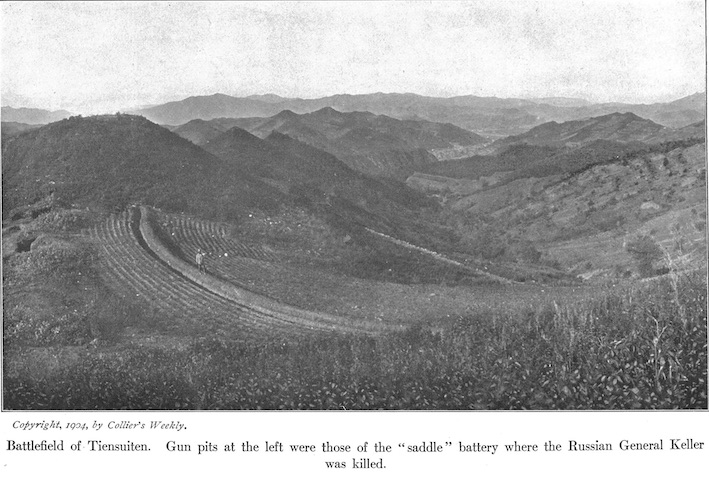 |
18 |
 |
19 |
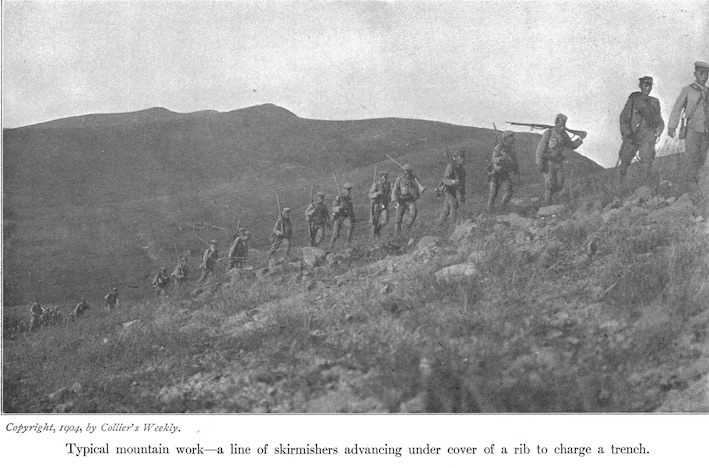 |
20 |
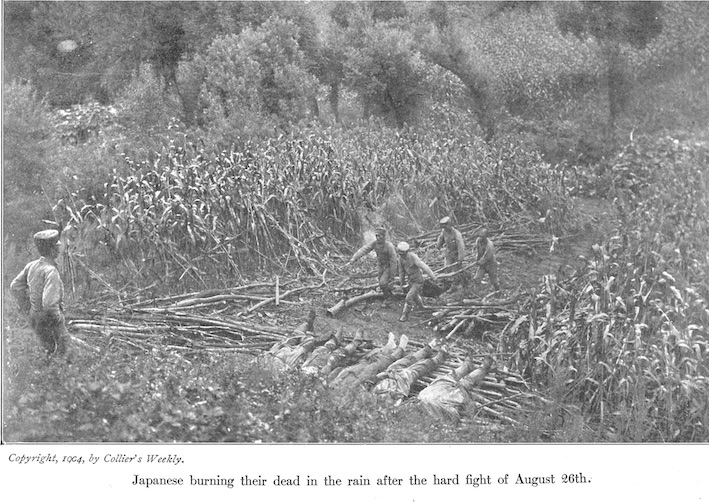 |
21 |
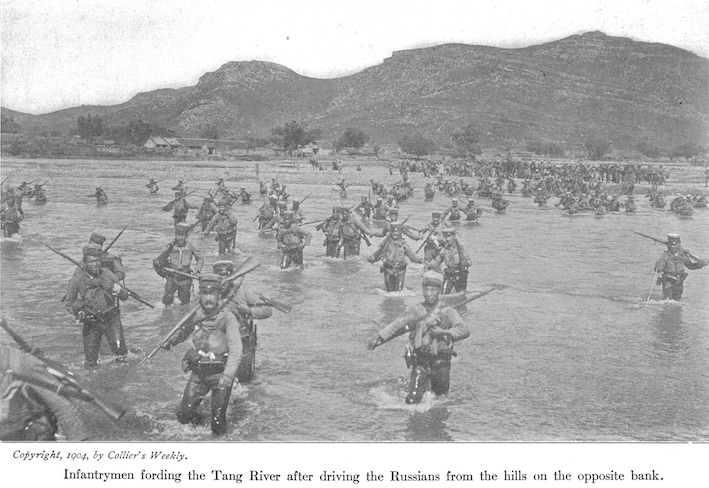 |
22 |
 |
23 |
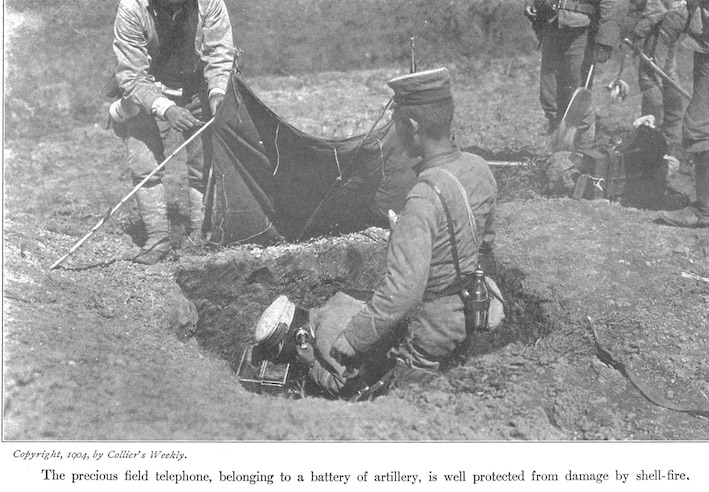 |
24 |
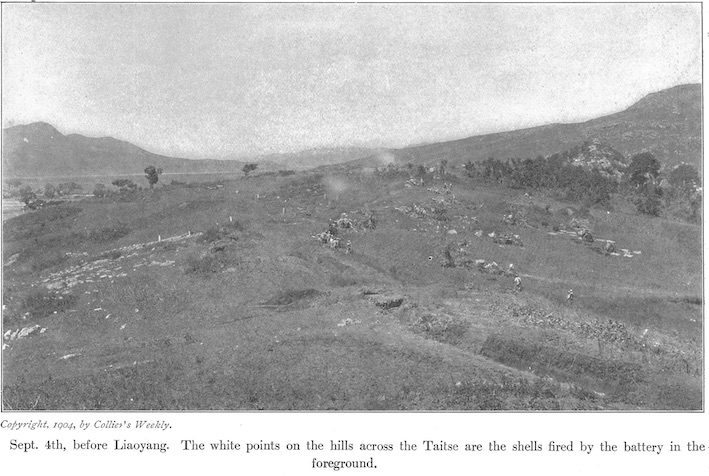 |
25 |
 |
26 |
 |
27 |
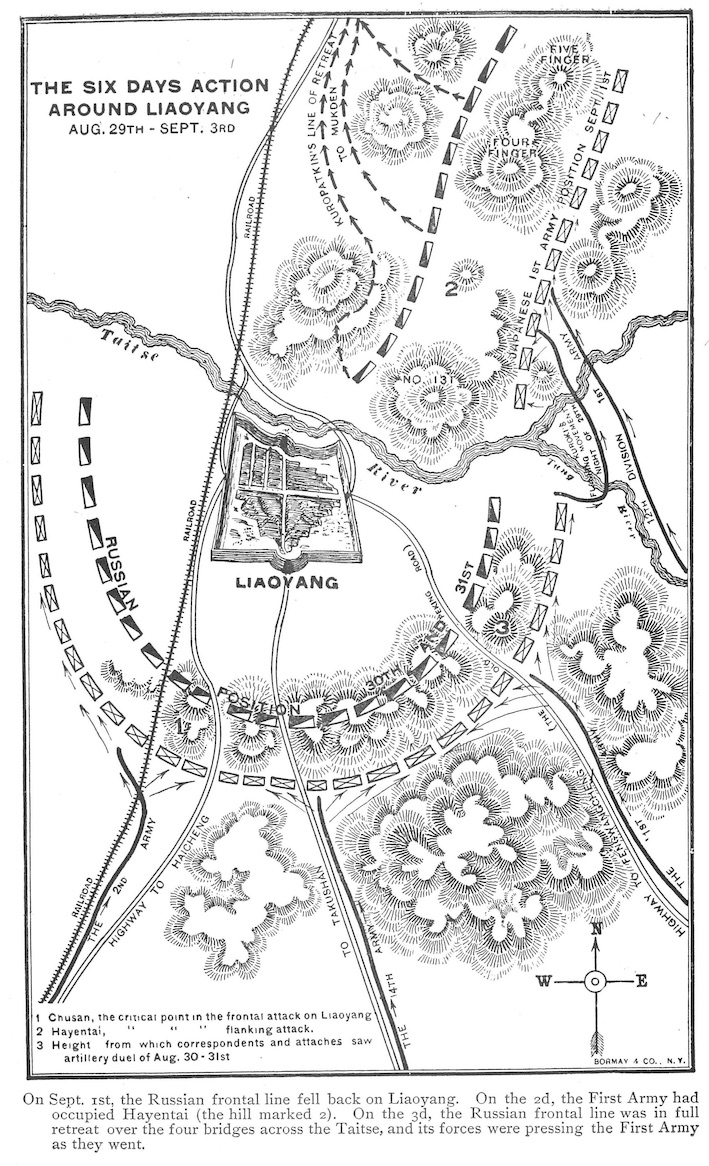 |
28 |
 |
29 |
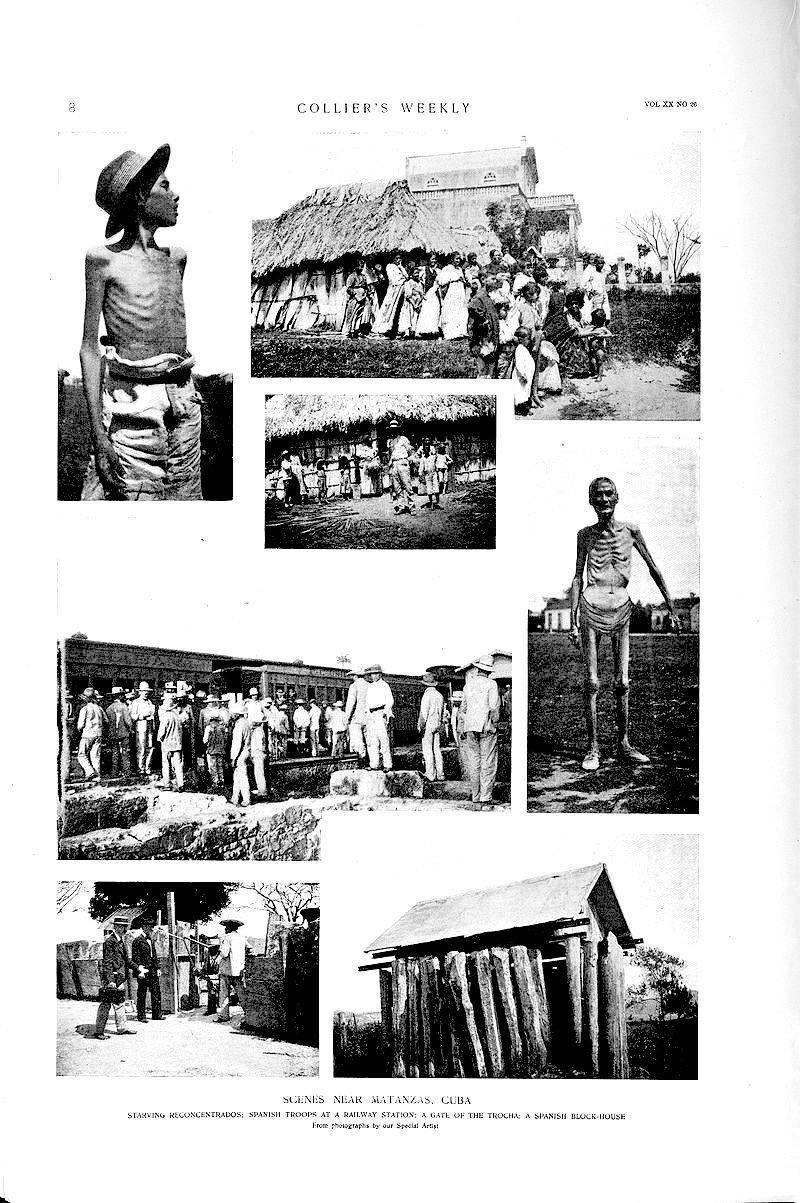 |
参考:Scenes near Matanzas, Cuba, in
Collier's Weekly (2 April 1898), photographs by James H. Hare |
リンク
文献
その他の情報
Copyleft, CC, Mitzub'ixi Quq Chi'j, 1997-2099